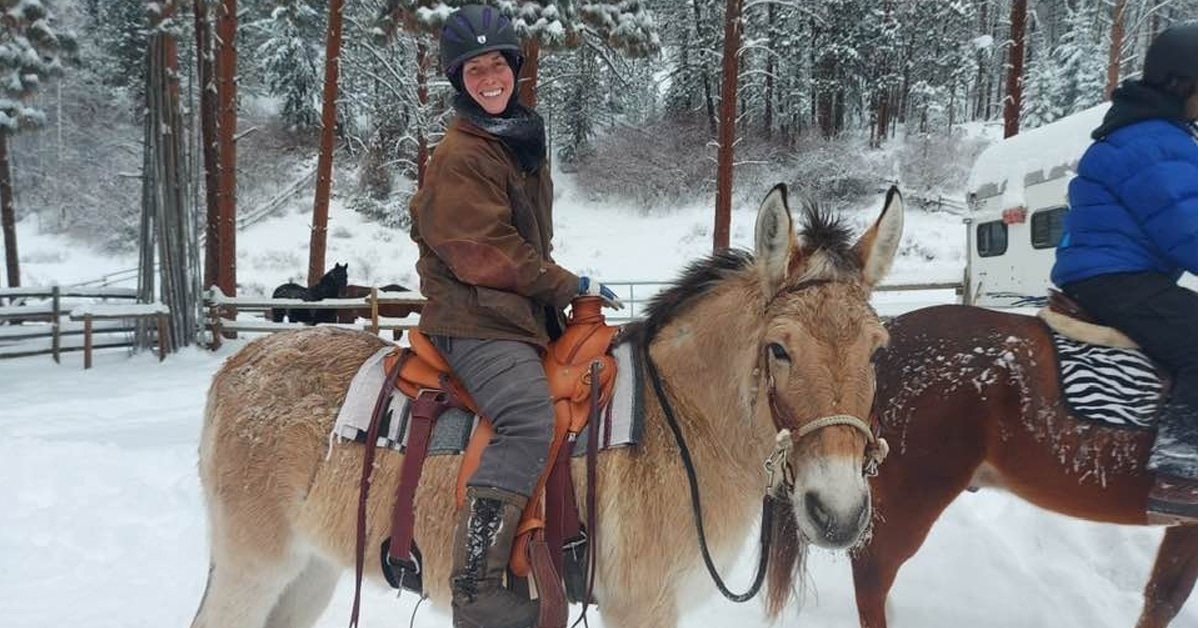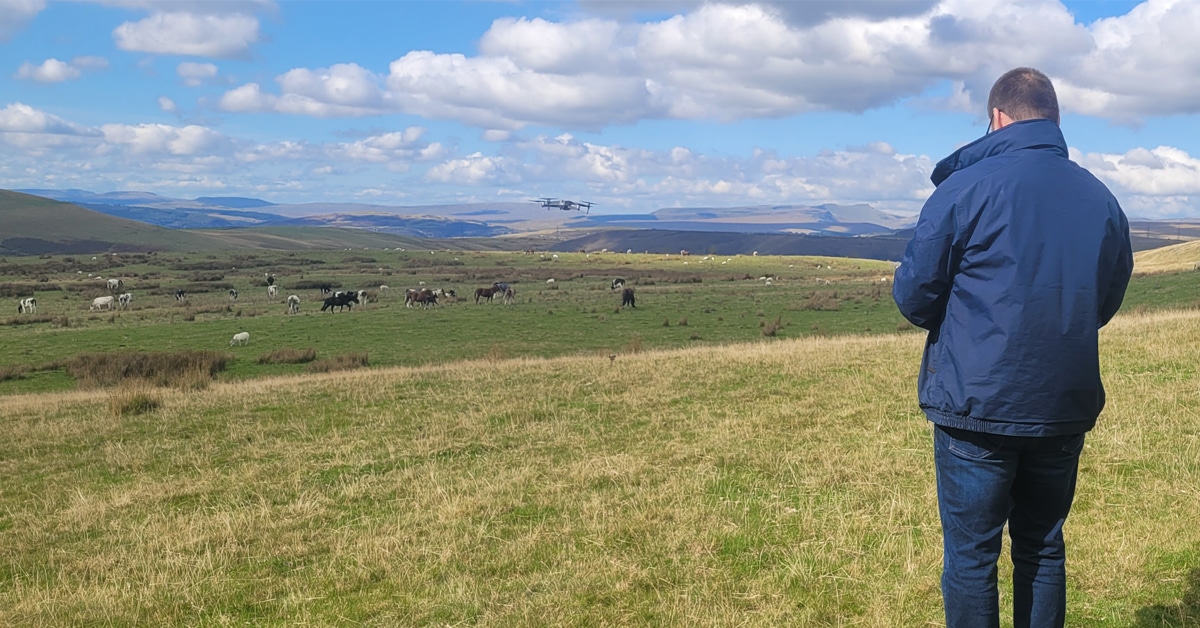As summer unfurls across Canada, there is an increased likelihood that your horse or pony may encounter stinging insects such as bees, hornets and wasps. And while a single sting is unlikely to cause injury or illness to your animal, multiple stings can be deadly.
Last week in Comanche County, Texas, three horses died after an attack by a huge swarm of aggressive Africanized bees. An undetected beehive was to blame, as the owners didn’t know it was there when they moved the horses to the new paddock. First responders arrived on scene and pulled the people into an ambulance. According to the news report, one of the owners and a firefighter donned beekeeping gear and attempted to save the horses. Soapy water was hosed onto the animals to try and stop the attack. Unfortunately, all three horses later died at an equine hospital due to organ failure from the venom.
While that was a rare and horrifying incident (and thankfully Africanized bees have not made it as far north as Canada yet), you should know what to do if you discover that your horse has been stung ‒ and what you can do to prevent stings in the first place.
First, learn from the Texas tragedy and do a thorough search for wasp nests or beehives in the paddocks and around your stable and outbuildings. Have them removed by a professional if it is not safe for you to do so. Clear areas of garbage or fallen apples in pastures, as these insects love sugar! Even spilled sweet beverages can attract them in hordes.
As mentioned earlier, horses tolerate a single sting with only mild discomfort; however, if you notice your horse is uncomfortable or continually biting or licking a specific area, search the animal for signs of a sting, which will appear as a raised welt.
If you detect a stinger, use the edge of a credit card to scrape it away, as squeezing the area to push the stinger out will make the reaction worse. To address localized swelling, ice the area, then apply a wound product that contains soothing ingredients such as aloe.
As in humans, an allergic reaction can occur, although it is quite rare in horses. During an anaphylactic reaction, swollen nostrils can obstruct breathing (remember, equines can’t breathe through their mouths); other symptoms of anaphylactic shock can include severe swelling, hives, and a high heart rate. In these cases an emergency vet call is a must.
Get ahead of any bee-related situation by obtaining an equine first-aid kit that contains a plastic tube made to keep a horse’s air passages open, as well as aloe and wound care products to treat more common reactions. If you know you are allergic to bee stings, be sure to carry an EpiPen with you at all times, even in the barn and when riding.
Have a happy bee-free summer!
The Latest









